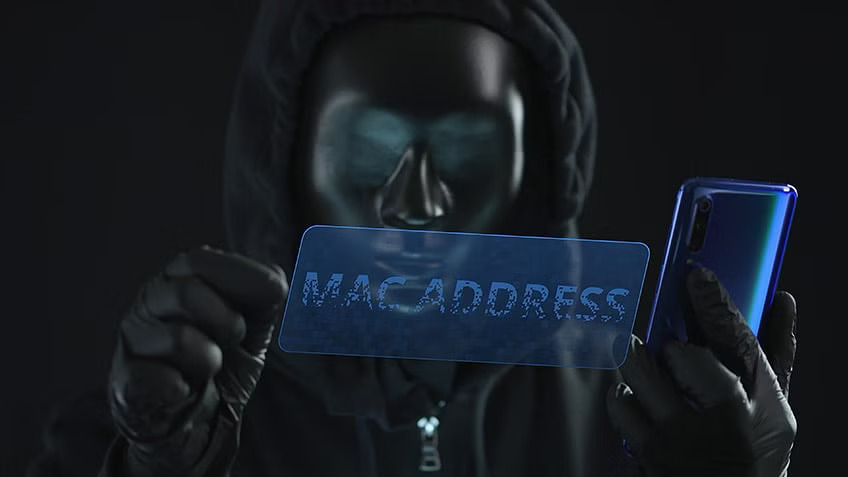If you’ve ever connected a device to the internet or a local network, there’s something happening behind the scenes: your device’s MAC address is working to make that connection possible. But what exactly is a MAC address, and why would anyone want to change it?
Table of Contents
ToggleWhat is a MAC Address?
A MAC (Media Access Control) address is a unique identifier assigned to every device that connects to a network. Think of it like a digital fingerprint—no two devices in the world share the same MAC address. It’s assigned to your device by the manufacturer and plays a key role in how data is transferred between devices on a network.
Whenever you send or receive data over the network, your device uses its MAC address to ensure that the right information is sent to the correct destination.
Why is a MAC Address Important?
1. Device Identification: Your MAC address allows a network to identify your device. Without it, your laptop, phone, or tablet wouldn’t be recognised by the network.
2. Network Security: Some networks use MAC addresses to control who can connect. This helps improve security by only allowing approved devices access to the network.
3. Troubleshooting: Knowing the MAC address of devices on a network makes it easier to solve connection issues or track down a problem device.
Why Change a MAC Address?
Even though a MAC address is unique and permanent, there are scenarios where people might want to change it. Here are a few common reasons:
1. Boost Privacy and Anonymity: Changing your MAC address can increase your online privacy. Every time you connect to a network, your device’s MAC address is visible. By changing it, you make it harder for networks or websites to track your device and your online activity.
2. Impersonate Another Device: In certain cases, such as during network testing or security assessments, you might need to impersonate another device. Changing your MAC address allows you to do this. For example, if you want your device to appear as if it’s a different one on a network, a simple MAC address change can make that happen.
3. Bypass Network Restrictions: Some networks impose restrictions on which devices can connect based on their MAC addresses. If your device is blocked, changing your MAC address can help you bypass these restrictions and regain access to the network.
How Can You Change Your MAC Address?
Changing your MAC address is relatively easy, especially if you’re familiar with command-line tools. Here’s a simple method for doing it on a Linux system:
//Disable the network interface with this command:
ifconfig wlan0 down
// change the MAC address to a new value, like this:
ifconfig wlan0 hw ether 00:11:22:33:44:55
//Re-enable the network interface:
ifconfig wlan0 up
Conclusion
A MAC address is essential for device identification on any network, helping ensure that your data gets where it needs to go. However, there are valid reasons why you might want to change your MAC address, especially for privacy, security testing, or bypassing restrictions. By understanding the role of MAC addresses and how to modify them, you can take more control over your network connections.
